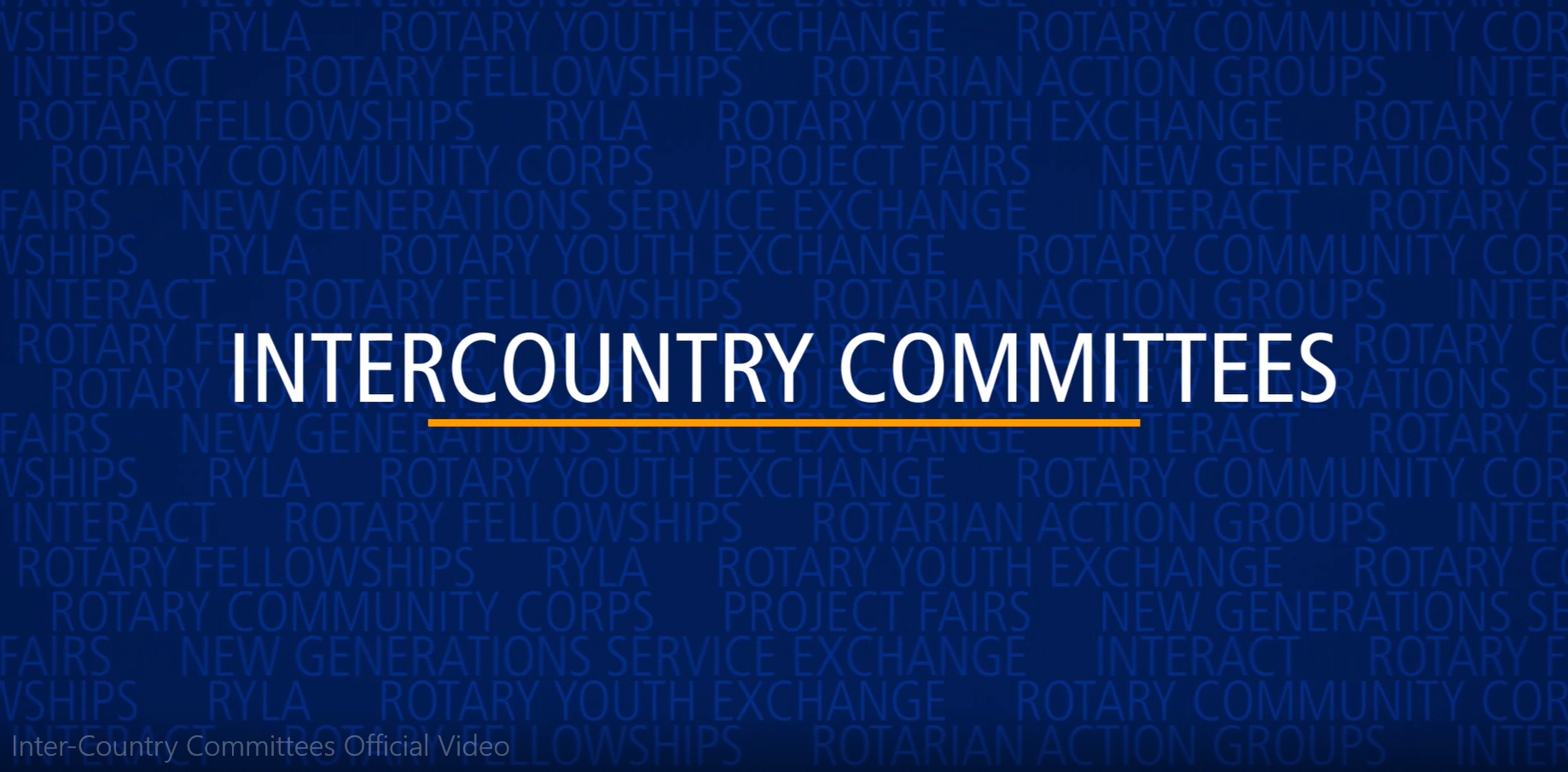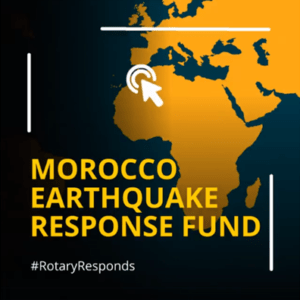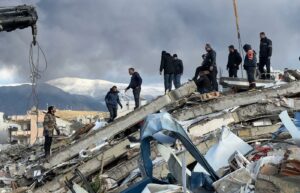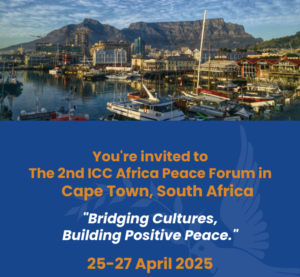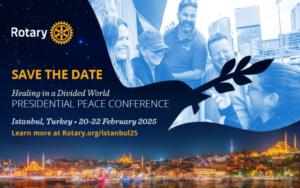Rotary Intercountry Committees
A global network of people of action
What are Intercountry Committees ?
Rotary Intercountry Committees are unique entities within Rotary International that connect Rotary clubs from different countries to foster lasting connections between Rotarians around the world, and to promote peace and international understanding across borders.
The core mission of ICCs is to enhance fellowship and cultural exchange between members, clubs, and districts from different nations. Their activities embody Rotary’s fourth Avenue of Service: international understanding, goodwill, and peace.
The sections within a pair maintain close communication, exchange information about Rotary events, and share regional publications. They work together and leverage their bilateral network of Rotarians to help clubs implement humanitarian projects.
ICC Leadership
The leadership of ICCs operates on two levels: individual ICC sections function autonomously, with their own leadership structures, and are responsible for coordinating activities within their respective countries.
At the global level, the ICC Executive Committee, provides guidance and support to the network of ICCs. This committee is tasked with promoting the development of new ICCs, collecting and sharing best practices, and maintaining a directory of active committees.
ICC Executive Council meeting in Brussels, 2022
Events
Rotary Foundation for the Morocco earthquake of September 8, 2023
Fully funded Rotary Peace Fellowship – Invitation
Earthquake in Turkey – February 6, 2023
News
Rotary Day at UNESCO – Paris – 4 May 2024
Rotary Presidential Peace Conference – Istanbul – 20-22 February 2025
The history of Intercountry Committees
The first ICC was founded in 1950 as a symbol of hope and reconciliation between France and Germany after WW2. French and German Rotarians united to heal war wounds and foster lasting peace, leveraging Rotary’s power to rebuild relationships and promote understanding.
The success of the France-Germany ICC inspired similar committees worldwide. ICCs expanded Rotary’s reach, particularly in Eastern and Central Europe after the fall of communism, helping to reintroduce Rotary to several Eastern European countries.
1950 : French and German Rotarians organize the first ICC
Rotary International Convention : ICC Preconvention
ICC’s relationship with Rotary International
Rotary International is working together with ICCs to promote peace and international cooperation by aligning their governance and encouraging greater participation.
Key events featuring influential leaders highlight the importance of ICCs in fostering peace and provide networking opportunities. The focus is on raising awareness and inspiring engagement to expand the reach and impact of ICCs worldwide.

